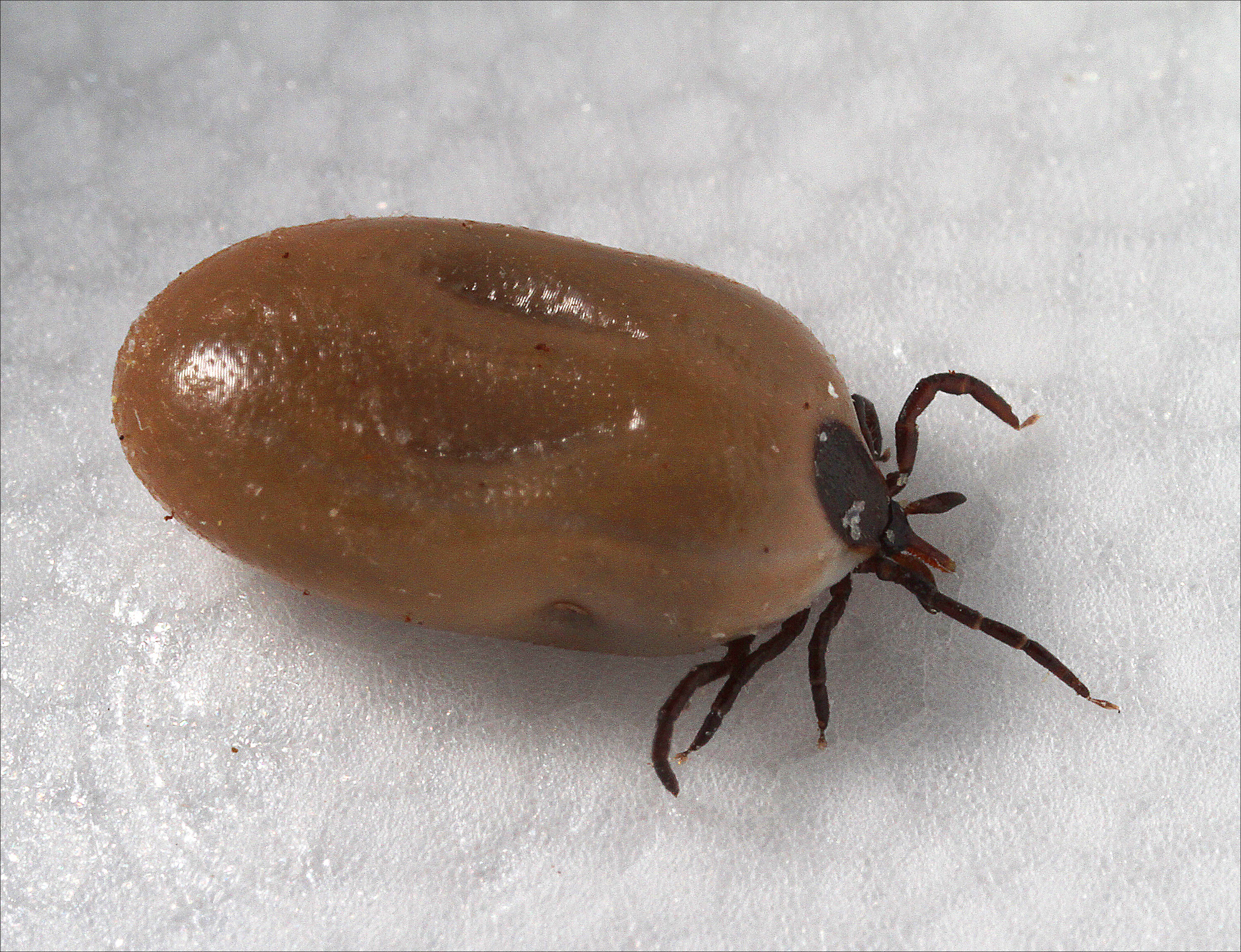What you need to know about the new tickborne threat: Powassan
Click Here to Manage Email Alerts
In recent years, the number of cases of Powassan virus disease, a rare but often serious disease transmitted by the bite of an infected tick, has increased in the United States, according to the CDC.
Powassan (POW) virus disease is an illness similar to tickborne encephalitis and is fatal in approximately 10% of cases. The CDC identified 75 cases in the U.S. over the past decade, most of which occurred in the northeastern and Great Lakes regions during late spring, early summer and mid-fall. According to a recent MMWR, Minnesota, New Hampshire and Virginia reported their first cases in the last 7 years. However, it is unclear whether this is due to the virus spreading in local tick populations or an increase in testing.

POW virus can be transmitted to humans in as little as 15 minutes by several tick species, including the black-legged tick (Ixodes scapularis), a common vector of Lyme disease. Many patients do not develop symptoms; however, initial signs may include fever, headache, vomiting and generalized weakness. The disease usually progresses to meningoencephalitis, which can cause meningeal signs, altered mental status, seizures, paresis, movement disorders or cranial nerve palsies. Approximately half of POW survivors have permanent neurological symptoms, including recurrent headaches, muscle wasting and memory problems.
There is currently no available treatment specific for POW virus disease. Patients with severe illness that requires hospitalization may receive respiratory support, IV fluids and medication to reduce brain swelling. Further, there are no vaccines available to prevent POW virus. Therefore, the CDC recommends avoiding wooded and bushy areas with high grass, applying insect repellents, and conducting full-body tick checks as soon as possible after being outdoors.
Serological testing is the primary method for detecting POW virus; however, it is difficult to isolate from clinical samples. According to the CDC, almost all isolates were obtained from postmortem brain tissue or cerebrospinal fluid. Although POW virus IgM tests are not commercially available, clinicians can request the tests through state health department laboratories and the CDC. The agency stressed that all cases should be reported to local public health authorities.
For more coverage from Infectious Disease News on Powassan virus:
Connecticut infant contracts rare Powassan virus from tick bite
An infant boy in Connecticut contracted the rare Powassan virus after he was bitten by a tick likely carried into the house by a relative, according to a CDC report. The boy, aged 5 months, was the first person in state history reported to develop Powassan virus disease. Read more.
Tick tick, can make you sick
We have long been familiar with common tick-borne infections that occur in the United States, such as Lyme disease, anaplasmosis, ehrlichiosis, babesiosis, Rocky Mountain spotted fever, Colorado tick fever, southern tick-associated rash illness, and tularemia. However, there are also six, either newly or more frequently recognized diseases in the U.S. that are known or presumed to be tick-borne. These are currently rare diseases, and in some cases very little is known about them. Three of these are viral — Powassan disease, Heartland virus infection and Bourbon virus infection. The remaining three diseases are bacterial, of which two are rickettsial — Rickettsia parkeri rickettsiosis, and R. phillipi (Rickettsia 364D) rickettsiosis. Read more.
